Expansion of the E-commerce Sector
The rapid expansion of the e-commerce sector is significantly influencing the Silica Gel Market. As online shopping continues to gain traction, the need for effective packaging solutions that ensure product integrity during transit becomes paramount. Silica gel is increasingly employed in packaging to mitigate moisture-related issues, thereby preserving the quality of goods. Recent estimates suggest that the e-commerce market could reach a valuation of over 6 trillion dollars by 2024, which may further drive the demand for silica gel. This growth in e-commerce not only enhances the visibility of silica gel as a packaging solution but also encourages innovation in its application, thereby propelling the Silica Gel Market forward.
Growth in the Pharmaceutical Sector
The growth of the pharmaceutical sector is emerging as a significant driver for the Silica Gel Market. As the demand for pharmaceuticals continues to rise, the need for effective moisture control solutions becomes increasingly critical. Silica gel is widely utilized in the packaging of pharmaceutical products to prevent moisture-related degradation, ensuring the efficacy and safety of medications. Recent data indicates that the pharmaceutical market is projected to reach over 1.5 trillion dollars by 2025, which may further bolster the demand for silica gel. This growth trajectory suggests that the Silica Gel Market will likely benefit from the expanding pharmaceutical sector, as companies seek reliable solutions to maintain product quality.
Rising Demand for Moisture Control Solutions
The increasing need for moisture control solutions across various industries appears to be a primary driver for the Silica Gel Market. Industries such as pharmaceuticals, electronics, and food packaging are increasingly utilizing silica gel to prevent moisture damage. The market for silica gel is projected to grow at a compound annual growth rate of approximately 5.5% from 2023 to 2028, indicating a robust demand for moisture-absorbing products. This trend is likely fueled by heightened awareness regarding product preservation and quality assurance, as manufacturers seek to enhance the longevity of their goods. Consequently, the Silica Gel Market is expected to witness substantial growth as companies prioritize moisture control in their supply chains.
Increased Awareness of Product Quality and Safety
The heightened awareness regarding product quality and safety is driving the Silica Gel Market. Consumers and manufacturers alike are becoming increasingly conscious of the impact of moisture on product integrity. This awareness is prompting industries such as food and pharmaceuticals to adopt silica gel as a preventive measure against moisture-related degradation. The market for silica gel is expected to benefit from this trend, as companies prioritize the use of moisture-absorbing agents to ensure the safety and quality of their products. As a result, the Silica Gel Market is likely to experience growth as more sectors recognize the importance of moisture control in maintaining product standards.
Technological Innovations in Silica Gel Production
Technological advancements in the production of silica gel are likely to serve as a catalyst for the Silica Gel Market. Innovations such as the development of more efficient manufacturing processes and the introduction of eco-friendly silica gel variants are emerging trends. These advancements not only improve the quality and effectiveness of silica gel but also align with the growing demand for sustainable products. The market is witnessing a shift towards silica gel that is not only effective in moisture absorption but also environmentally friendly. This dual focus on performance and sustainability may enhance the competitive landscape of the Silica Gel Market, attracting a broader customer base.


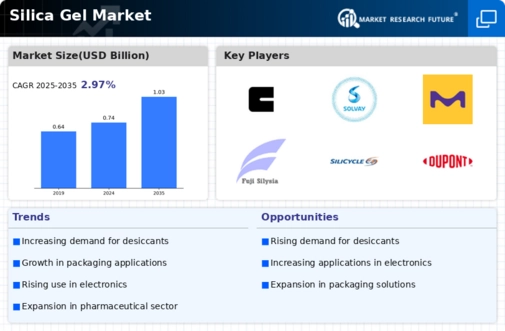
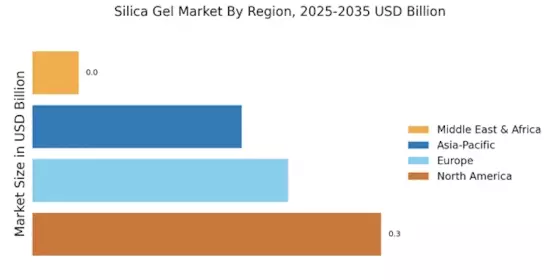
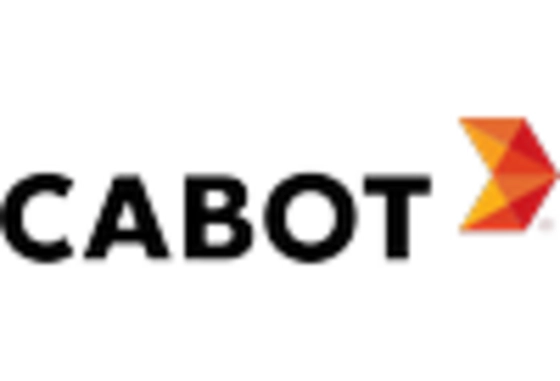



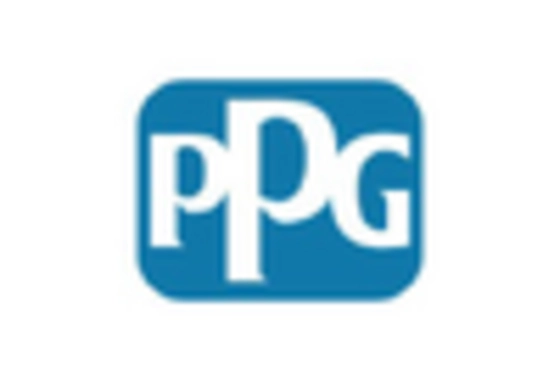
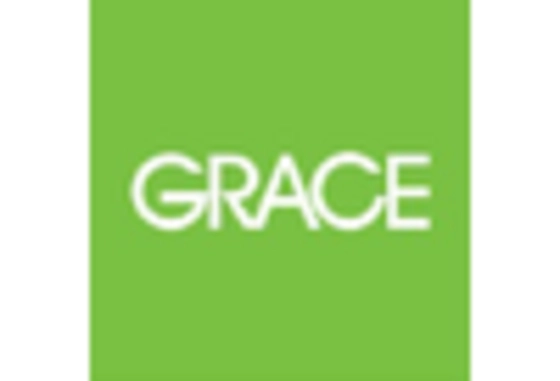








Leave a Comment